A force F=20N is applied to a block (at rest) as shown in figure. After the block has moved a distance of 8m to the right, the direction of horizontal component of the force F is reversed. Find the velocity with which block arrives at its starting point.
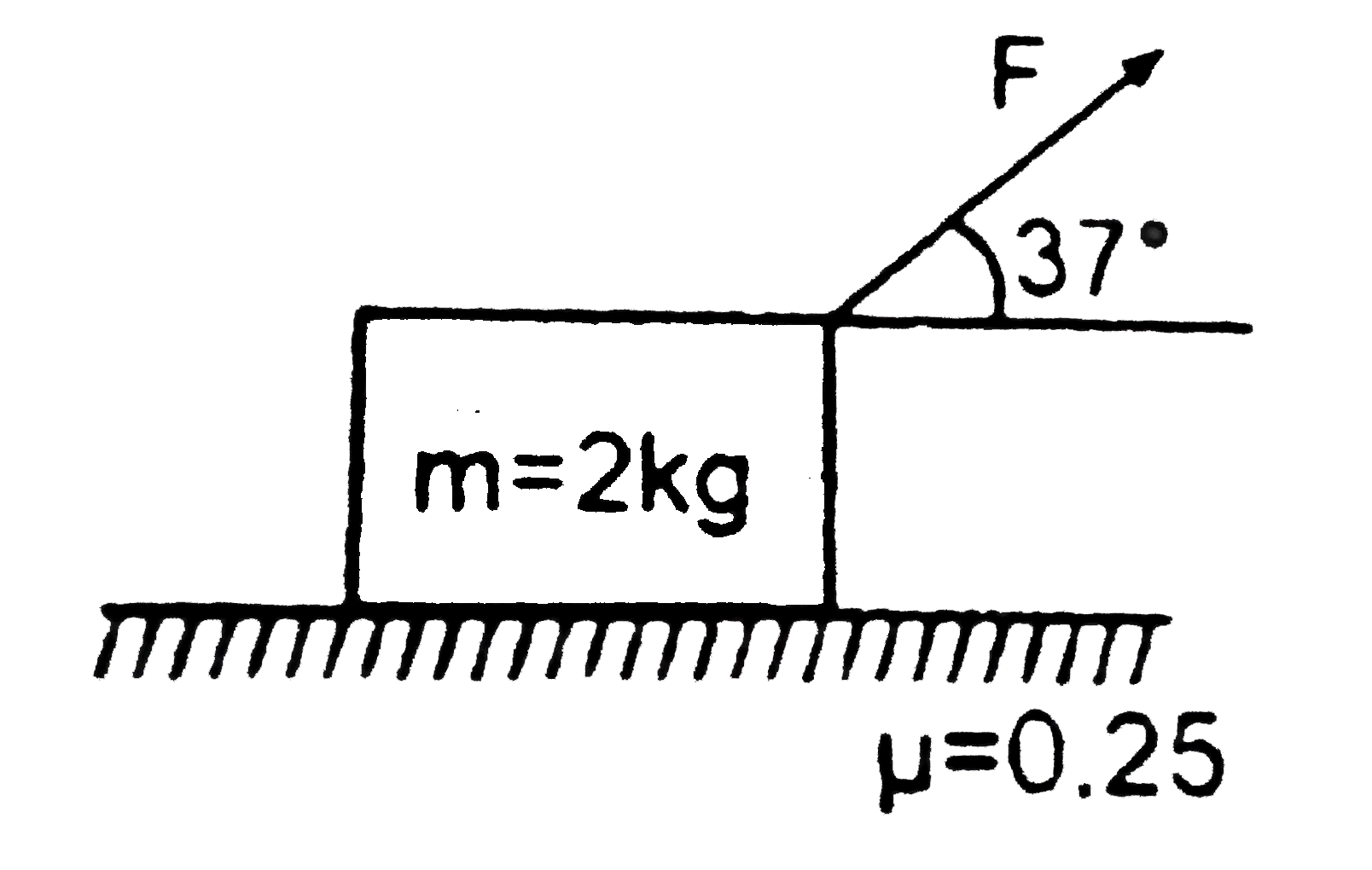 .
.
The correct Answer is:A, C
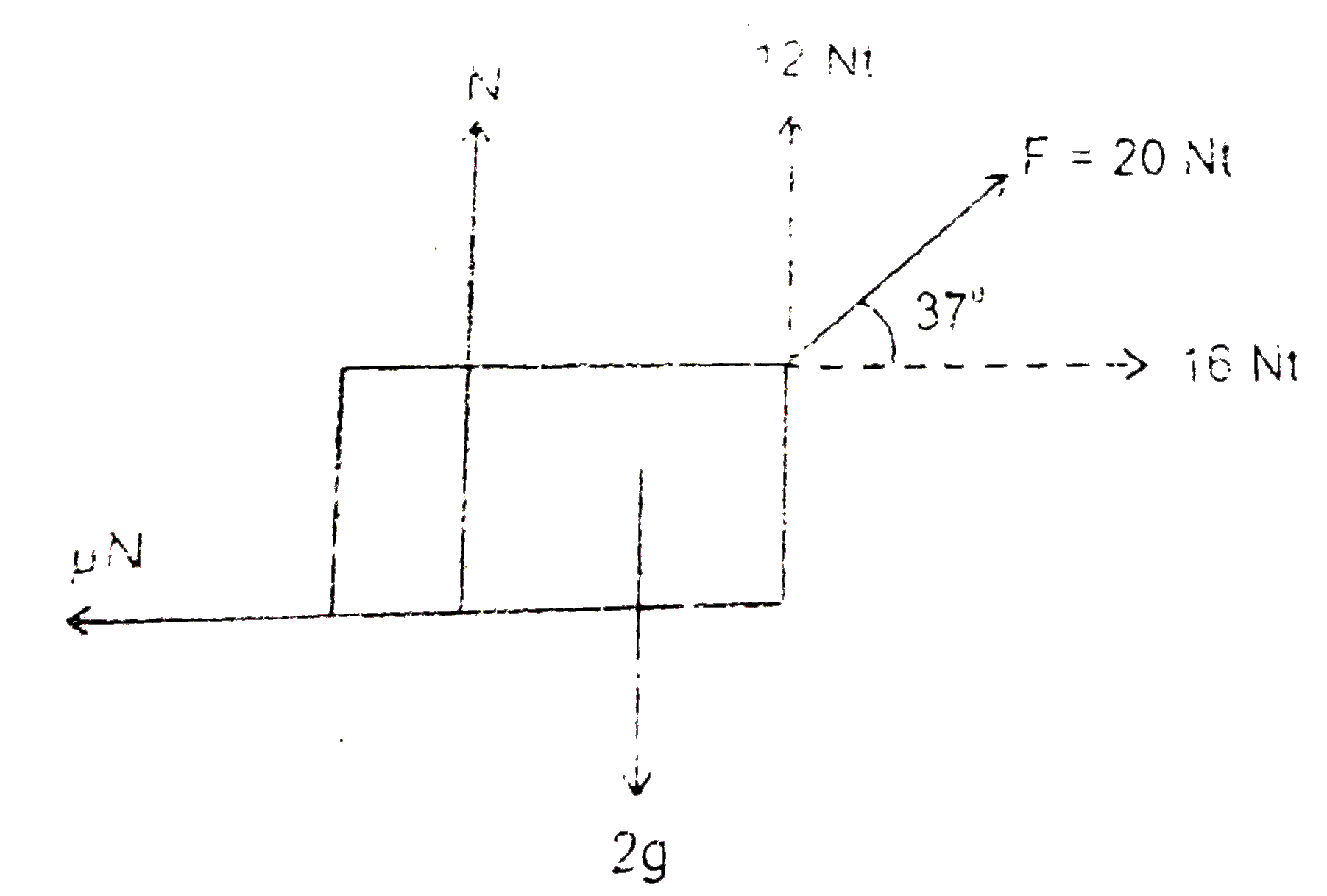
μN=2,N=8,a=16−22=7(→)
v2=2(7)8→....(i)
when the direction of horizontal component of the force f is reversed
a1=9m/s2(←)
and distance covered by the block before it stops =S1=16×72×9
Again lars2=8+s1=8+16×72×9
and a2=7(←)
v2=0+2(a2)(s2)=2(7)(8+16×72×9)
⇒v=16√73m/s
Topper's Solved these Questions
- BOOK - RESONANCECHAPTER - DAILY PRACTICE PROBLEMEXERCISE - DPP No.2320videos
DAILY PRACTICE PROBLEM
- BOOK - RESONANCECHAPTER - DAILY PRACTICE PROBLEMEXERCISE - DPP No.249videos
DAILY PRACTICE PROBLEM
- BOOK - RESONANCECHAPTER - DAILY PRACTICE PROBLEMEXERCISE - DPP No.2120videos
DAILY PRACTICE PROBLEM
- BOOK - RESONANCECHAPTER - CURRENT ELECTRICITYEXERCISE - High Level Problems (HIP)21videos
CURRENT ELECTRICITY
- BOOK - RESONANCECHAPTER - ELECTRO MAGNETIC WAVESEXERCISE - Exercise 327videos
ELECTRO MAGNETIC WAVES
Similar Questions
A force F is applied on a block of mass M. The block is displaced through a distance d in the direction of the force. What is the work done by the force on the block? Does the internal energy change because of this work?
View SolutionThe minimum force F for which the block starts moving is Find x
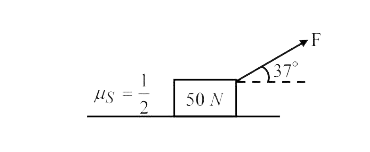 View Solution
View Solution
Knowledge Check
- Question 1 - Select One
A force shown in the F−x graph is applied to a 2kg block horizontal as shown in figure. The change in kinetic energy is
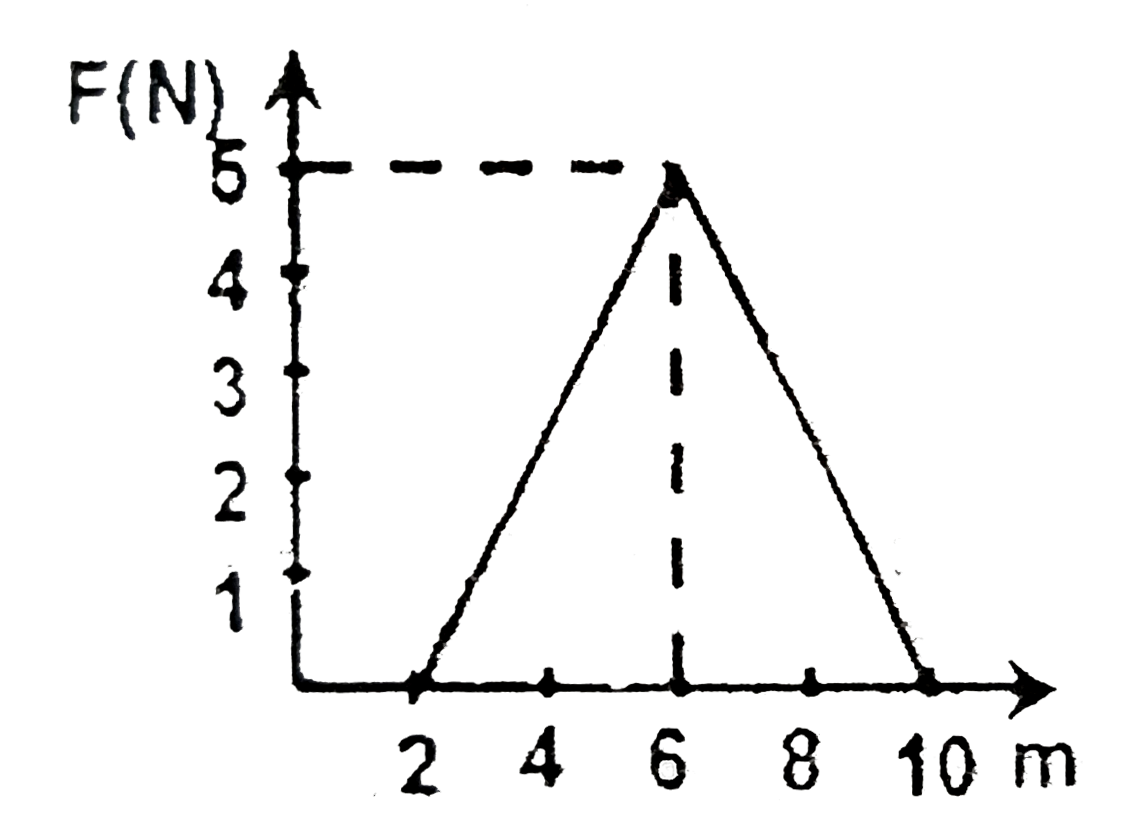 A15JB20JC25JD30J
A15JB20JC25JD30J - Question 2 - Select One
A force of F=0.5 N is applied on lower block as shown in figure. The work done by lower block on upper block for a displacement of 3 m of the upper block with respect to ground is (Take, g=10 ms−2)
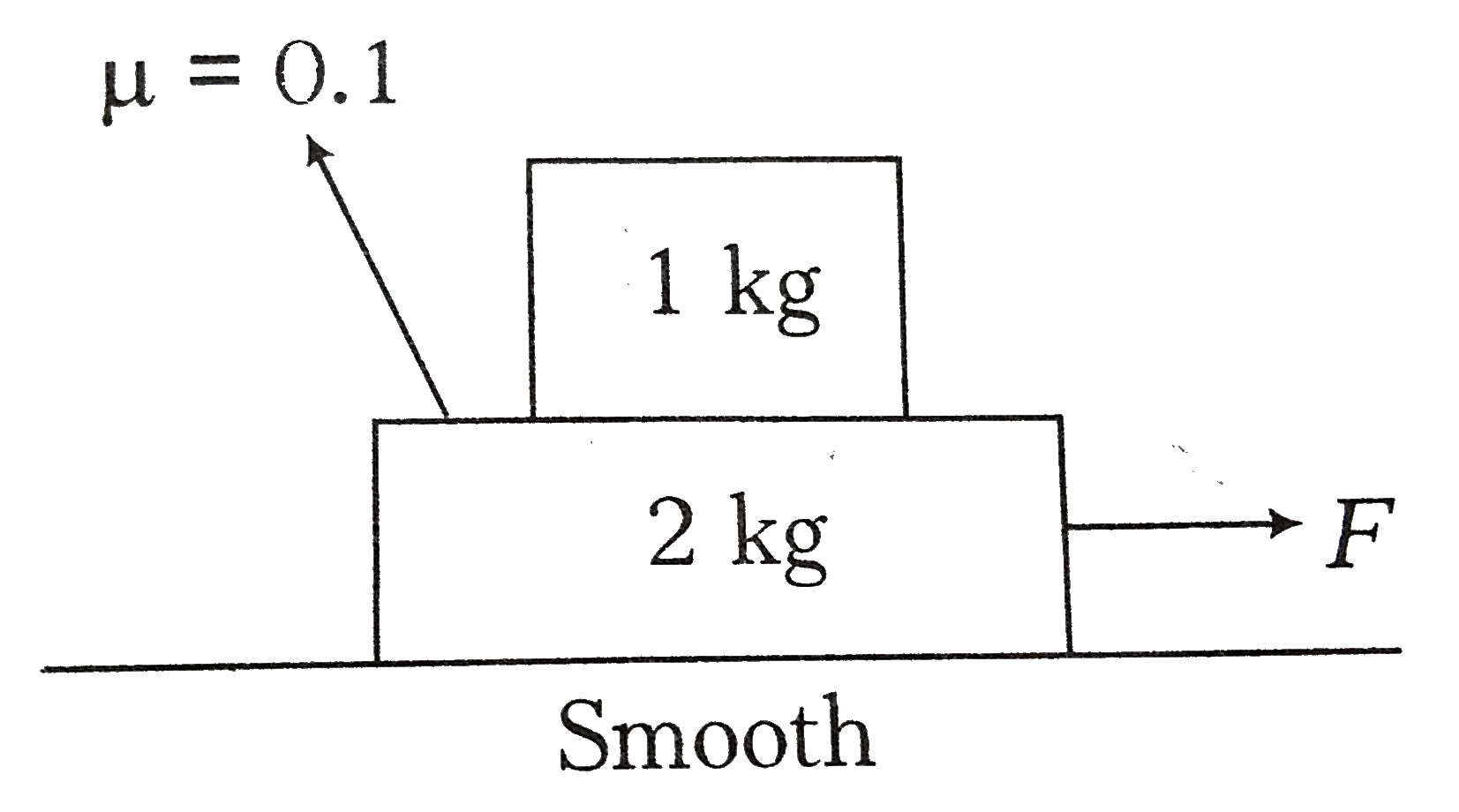 A−0.5JB0.5 JC2 JD−2J
A−0.5JB0.5 JC2 JD−2J - Question 3 - Select One
A force of 50N acts in the direction as shown in figure. The block of mass 5kg, resting on a smooth horizontal surface. Find out the acceleration of the block.
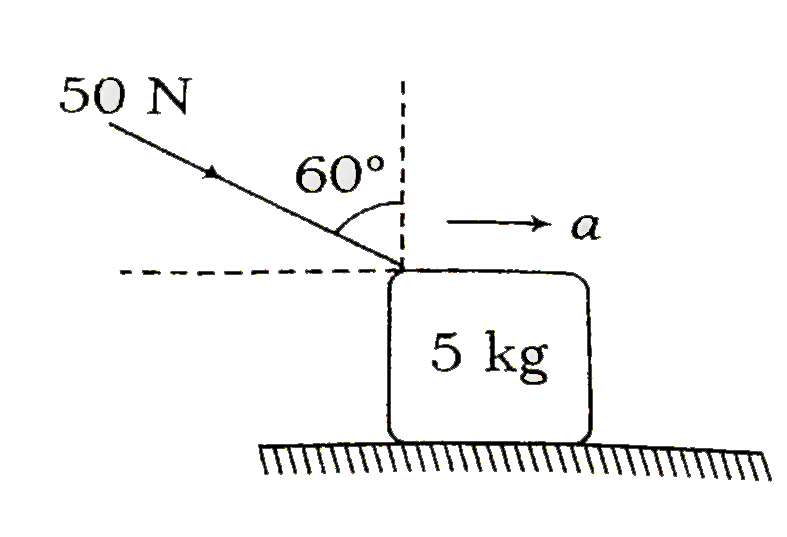 A5√3ms−2B2√3ms−2C15√3ms−2D3√3ms−2
A5√3ms−2B2√3ms−2C15√3ms−2D3√3ms−2
A bullet of mass 'm' moving with velocity 'u' passes through a wooden block of mass M=nm as shown in figure. The block is resting on a smooth horizontal floor. After passing through the block, velocity relative to the block is
 .View Solution
.View SolutionA block lies on a floor. (a) What is the magnitude of the frictional force on it from the floor ? (b) If a horizontal force of 5N is now applied to the block. But the block dose not move. What is the magnitude of the fricition on it ? (c) If the maximum value fcmax of the static frictional force on the block is 10 N, will the block move if the magnitude of the horizontally applied force is 8 N? (d) If it is 12 N ? (e) What is te magnitude of the frictional force in part (c) ?
View SolutionFind the maximum value of force F such that the block shown in the figure does not move
 View Solution
View SolutionA horizontal force of 20 N is applied to a block of 10 kg resting on a rough horizontal surface. How much additional force is required to just move the block, if the coefficient of static friction between the block and the surface is 0.4 ?
View SolutionIf the mass of block is 1 kg and a force of 10 / √3 N is applied horizontally on the block as shown in the figure . The frictional force acting on the block is :
 View Solution
View Solution

